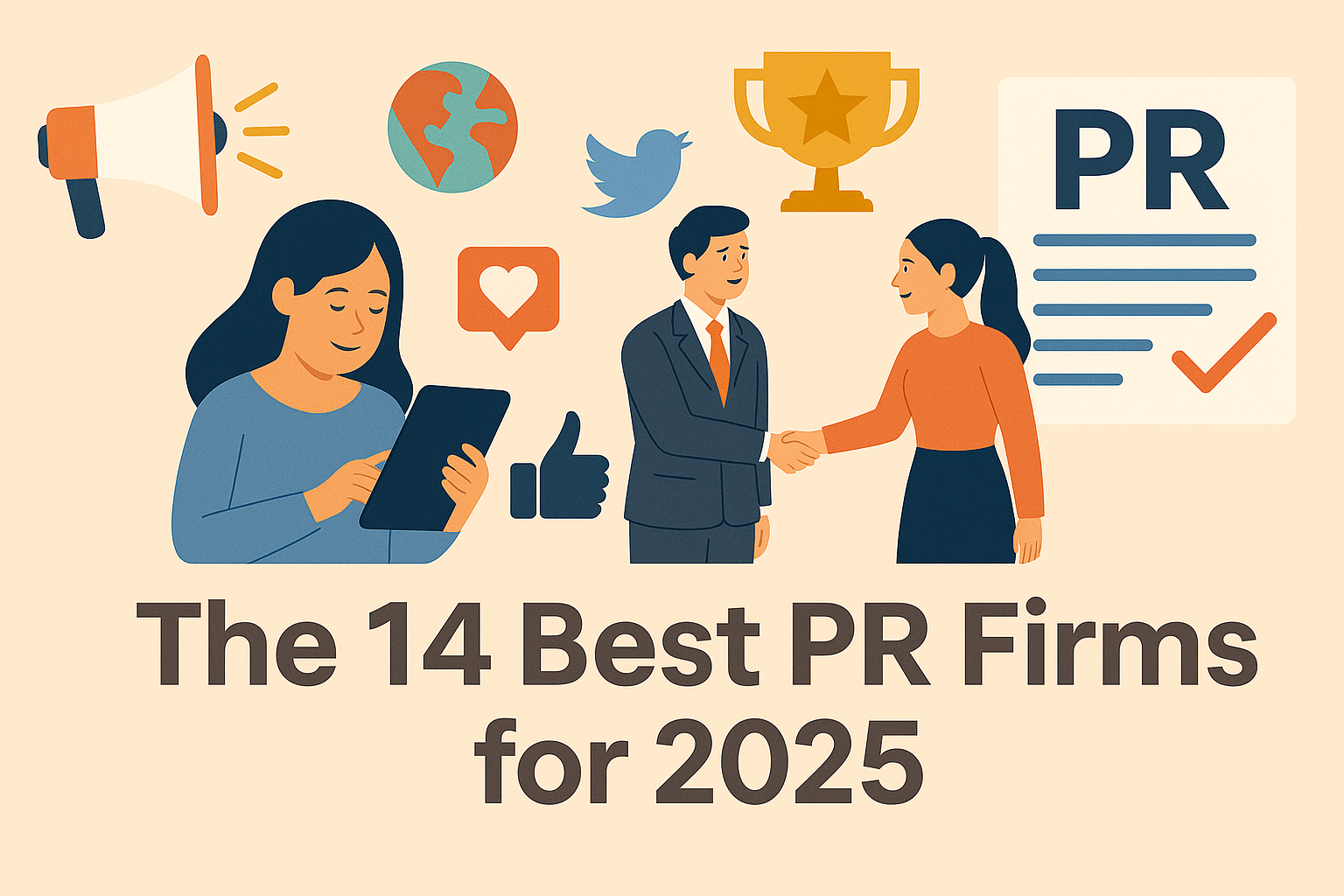We’ve seen this type of headline time and time again on a release:
“XYZ LLC. Prepays $916,555 of Note Principal Using Free Cash Flow From Operations, Leaving Only $1,833,555 of Secured Debt.”
We get it. All news is exciting to your business. But that doesn’t make it exciting to anyone else—sorry.
Now, you may be reading this and murmuring, “Wow, what were they thinking?”
Yet, headlines like this aren’t even close to the worst offenders. Press releases with wordy, boring copy get sent out on the wire—or worse, to journalists—every single day.
If your job is to produce the news and you go to your editor and say, “I’d love to do a story on this business that just paid down some of its principal loan debts,” your editor will probably wish you luck and tell you to clear out your desk.
The hard truth: No one intrinsically cares about your company or your news. It’s right up there with photos of your kids or pets. Sure, we’ve foisted many a photo of our little angels on unsuspecting victims, and they plaster on polite smiles as they scroll the images. But that doesn’t mean they want to see them.
It’s human nature. We want to share what feels like (and is) a big deal in our world. The question we have to remember to ask is, “Is this a big deal in the world at LARGE?” and if not, “How can I make that connection?”
After all, this is what we do in PR day in and day out. Here’s how to convert your boring company news into a press-worthy story.
Tips to Make A Press Release Newsworthy
1. Earn Your Earned Media
Earned media is not the same as advertising or performance marketing. The upside is immense—third-party credibility, brand awareness, and strategic visibility—but it has to be EARNED. Earned not through monetary means (although there is some overlap now) but through creativity, connecting the dots, and appealing to a broader audience.
Let’s look at some company news that on its own won’t merit much coverage:
- Funding announcements: Congrats, you closed a Series C. So did 100 other companies this month. What’s the STORY beyond “there was once a company. investors gave them money and then more money, the end”?
- New leadership: Congrats, you have a new CEO. No one cares. Unless there’s a STORY to be told. Sylvia Acevedo is the CEO of Girl Scouts of the U.S.A..—she also happens to be a real rocket scientist!
- A “groundbreaking” annual report: Congrats on the research. Unless you have a shocking headline (9 out of 10 B2B Marketers Say Their Companies Respect Marketing), it isn’t going to land much more than some trade publications.
We get it; some things just have to be shared. But it’s all in how you share it. Remember that long, boring headline we stated above? Imagine if the fat were trimmed, so to speak, and the headline was simplified?
An example: The key to XYZ LLC’s success: Reinvest profits and pay down one-third of debt
See the difference?
Journalists don’t have the time to read each press release critically. You need to get them interested from the get-go and give them the key points in the headline or early on, so they can figure out if your story is the right story for their audience.
Keep your press release direct and to the point to maximize its impact. When you put the most important or attention-grabbing points at the top, you will give interested parties a way to find everything they need quickly, while not mentioning the nitty-gritty that will, quite simply, make your angle less clear.
2. Give Them the Numbers—and Engage
Data: It not only backs up what you’re saying, but it gives your story authority. Now, you don’t want to go overboard with data and provide thousands of data points. Instead, you want to catch their eye with a few standout facts.
Nowadays, media isn’t reduced to just lines in a newspaper; today’s online newspapers, magazines, and industry publications are dynamic. And your content should be too. Make use of a wide variety of media to engage users. Spice it up with videos, photos, or even infographics to make your release multi-dimensional.
Poor on resources? Bring your release to life with expert commentary or free online resources to create exciting assets.
3. Educate Your Leadership
Many B2B marketers have a clear understanding of the above. The challenge they share is that others in the organization do not. Hence, they continue to churn out press releases like the above because that’s what’s expected.
Zen’s CEO Shama Hyder has written much about what marketers need to know about PR and why b2b marketing lacks creativity. There are two solutions here:
- Educate your leadership
- If they refuse to listen (it happens), find a better fit.
As a marketer, to a certain degree, your success depends on buy-in from leadership. If you never get the buy-in, you will always be fighting an uphill battle.
4. Focus on Growing your Share of Voice
This is a marketing hill worth dying on.
The higher your Share of Voice (SOV), the higher your market share. More media coverage means higher SOV, and to get that coverage, you have to be able to relate your news to THE news.
This doesn’t come from one press release or one announcement. Even if you make the cover of The New York Times, that’s just ONE touchpoint.
In an era of dark social and the messy middle, repetition drives revenue.
What’s in it for them?
This is a question every marketing and PR campaign needs to answer. What does this do for our audience? In PR, that audience tends to be multiple stakeholders. A journalist doesn’t have any obligation to you or your brand. Their only obligation is to their readers—and, well, their boss (the editor). They owe you nothing. It’s your job to give them something worthy of their readers’ time and attention.
Reading a press release takes seconds—even microseconds if you’re a seasoned writer or editor—so you have to make the most of this short window of opportunity.
Need help going from news to newsworthy? Struggling to seal the deal with rich content and data that supports your topline? Reach out. We can help.





